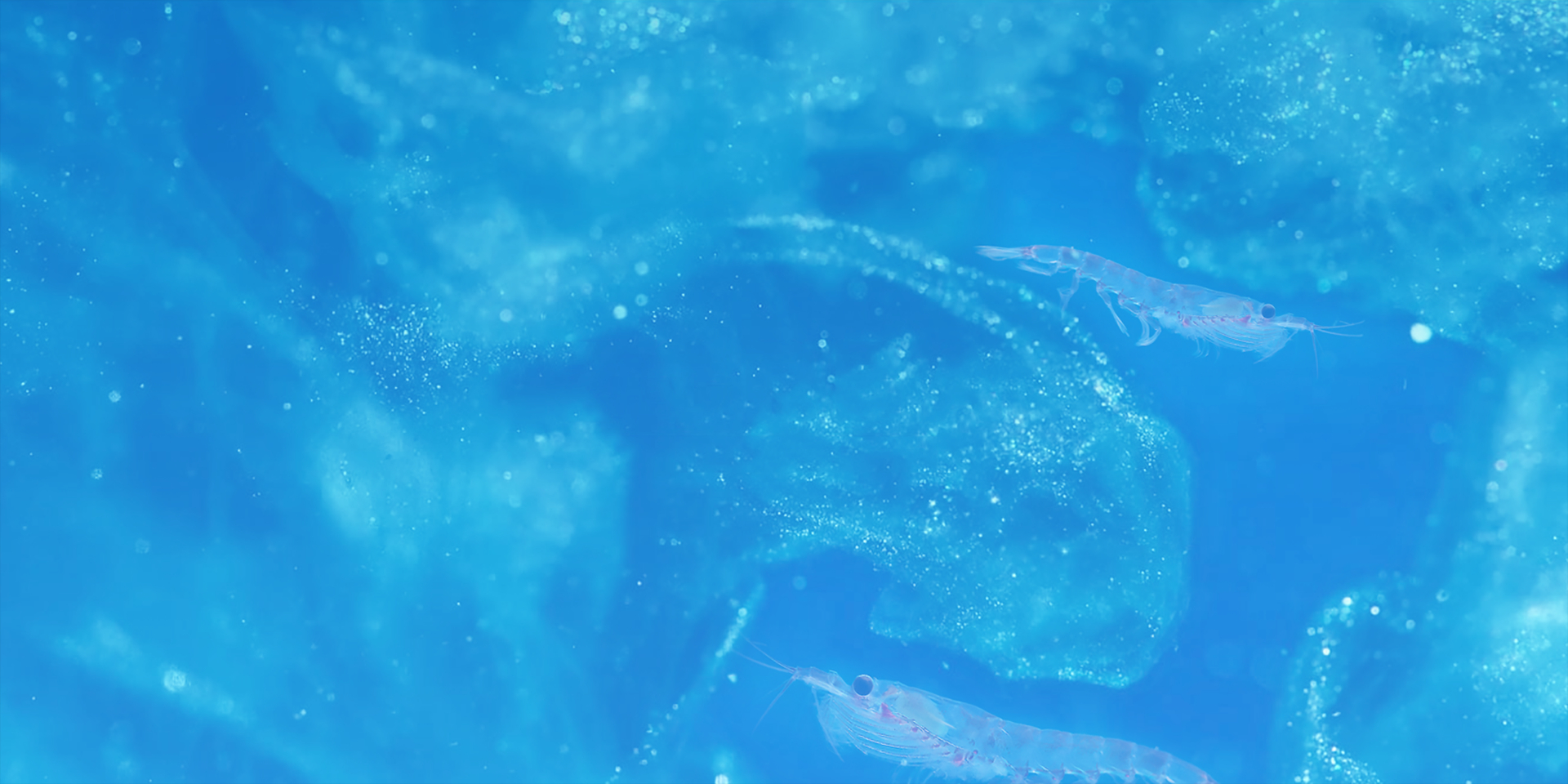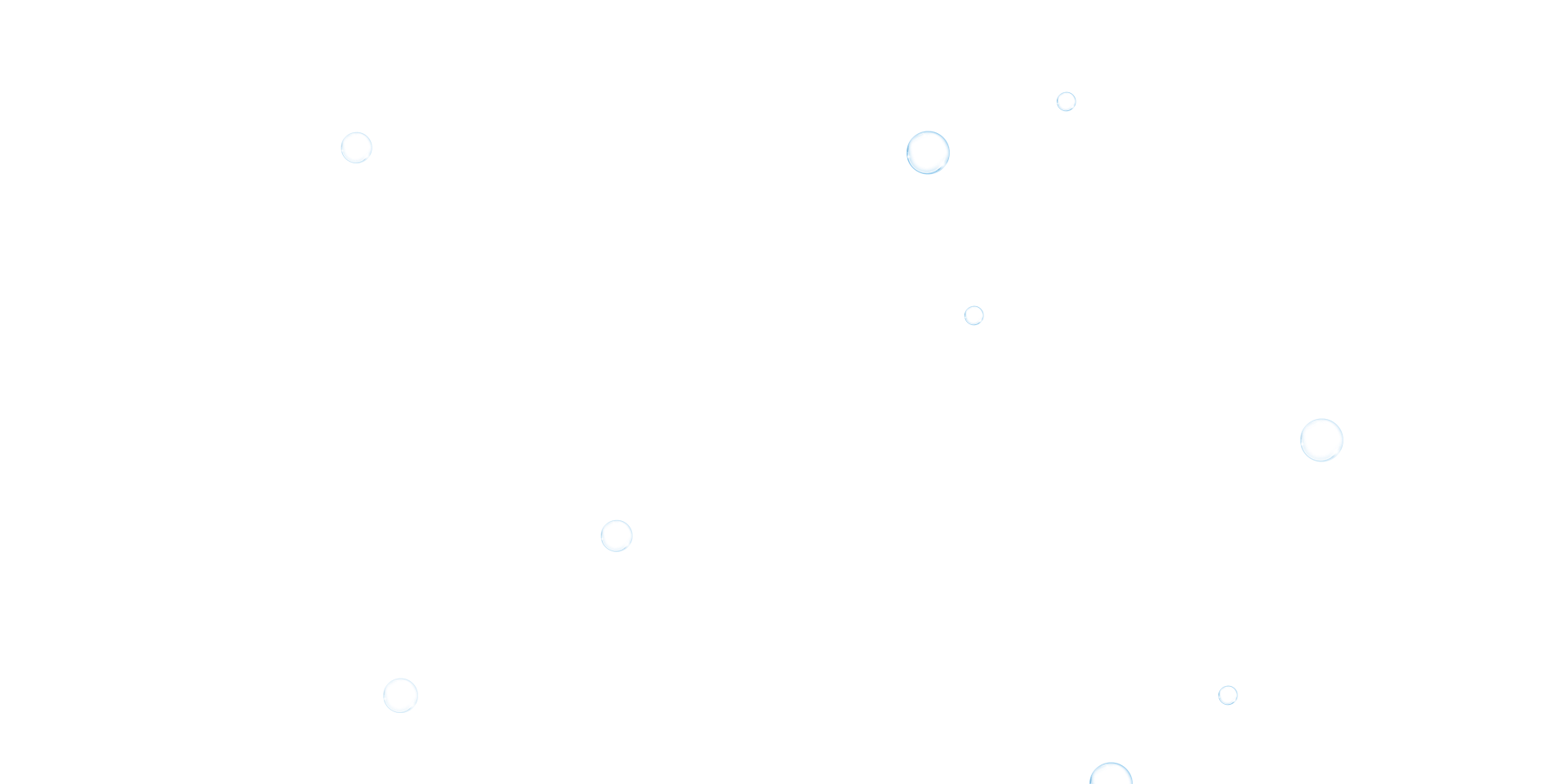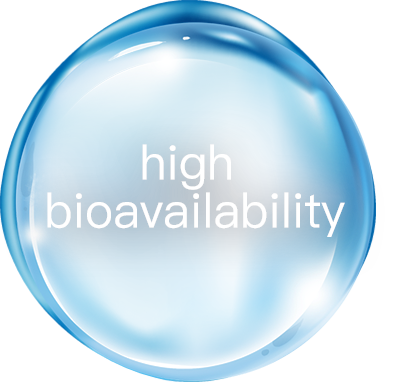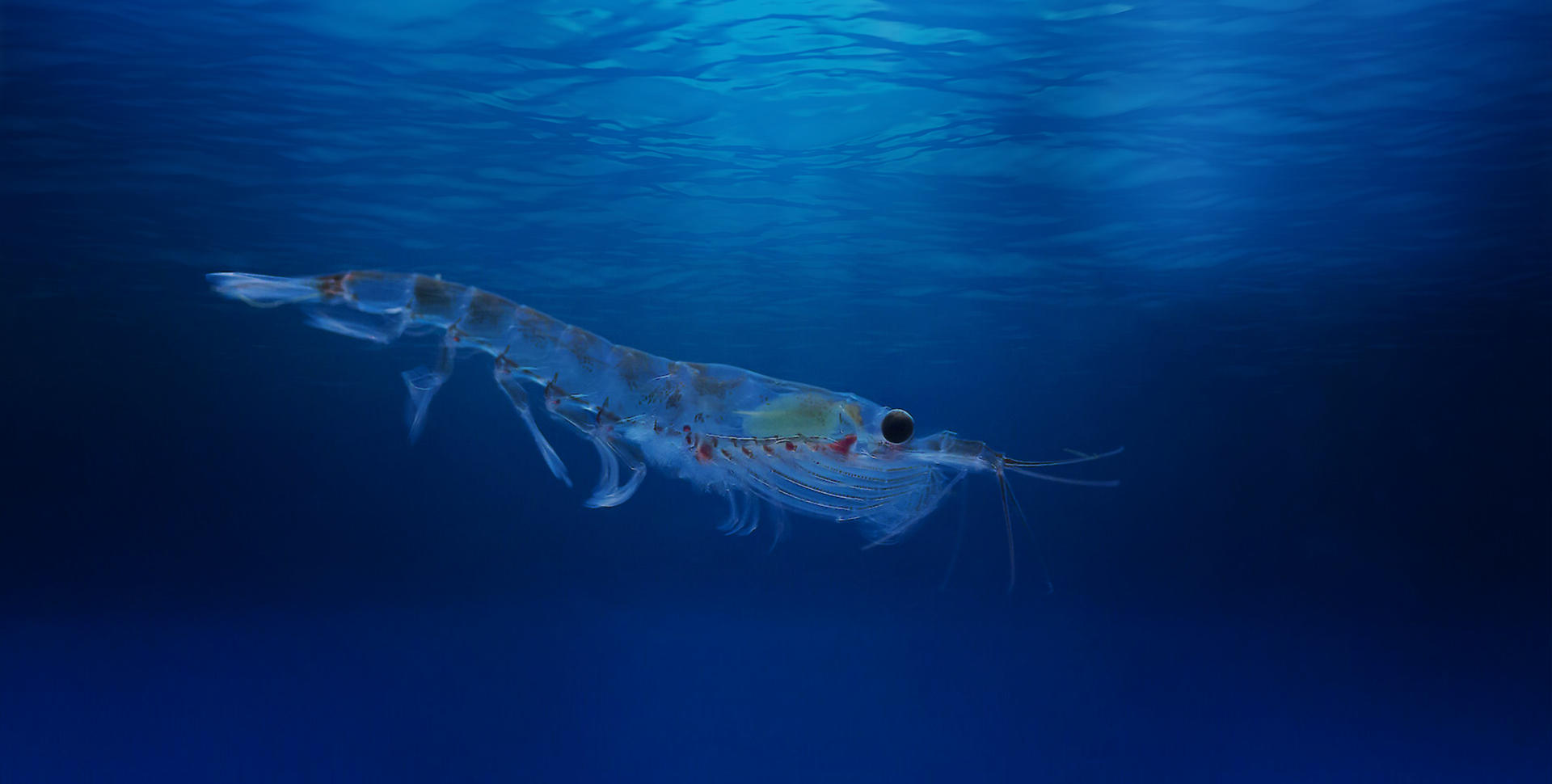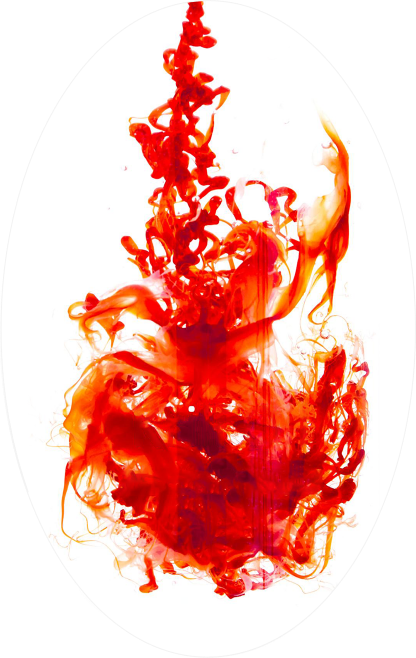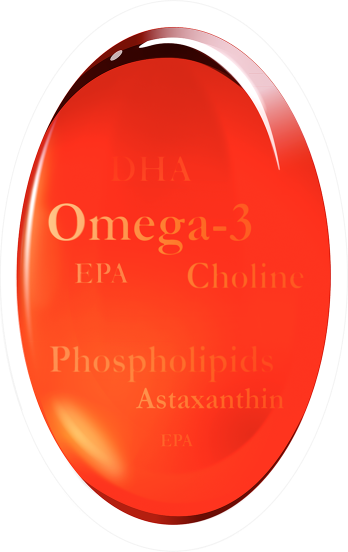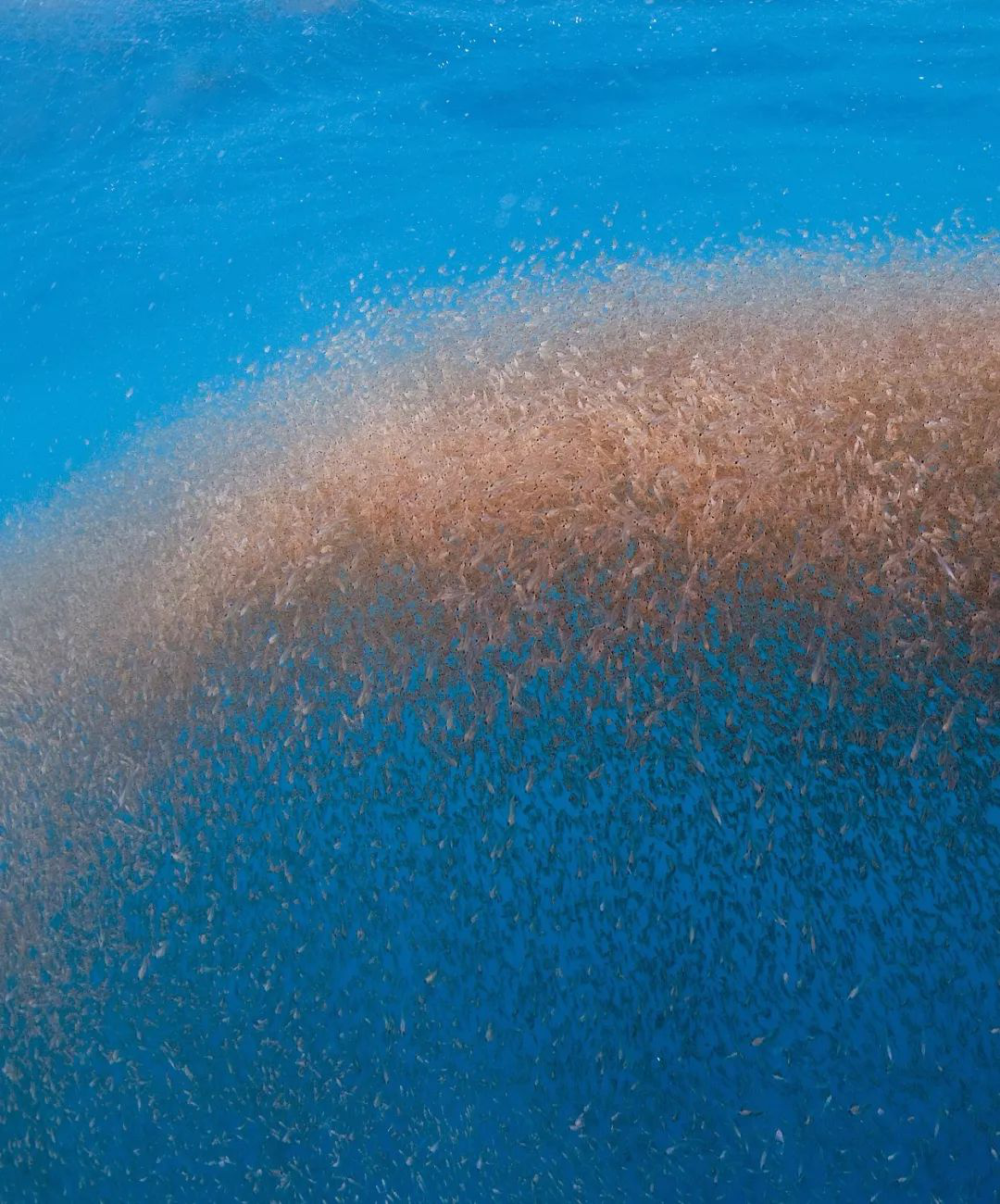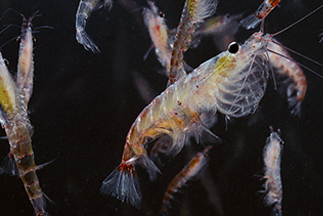5)THE SECRET OF ANTARCTIC ANIMALS' COLD TOLERANCE -- MARINE PHOSPHOLIPIDS
Marine phospholipid is a kind of phospholipid from marine organisms, which is rich in omega-3 (dha/epa). They are important biological molecules, constitute the cornerstone of cell structure, and play an important role in cell biochemistry and physiology. The high content of polyunsaturated fatty acids in marine phospholipids is very important for Antarctic animals to maintain the fluidity of plasma and cell membrane in the Antarctic marine extreme cold environment.
Studies have shown that compared with terrestrial phospholipids (soybean phospholipids and egg phospholipids), marine phospholipids have higher absorption and health benefits. Meanwhile, compared with triglyceride omega-3 (fish oil), marine phospholipid omega-3 also has higher stability, bioavailability and effectiveness.
